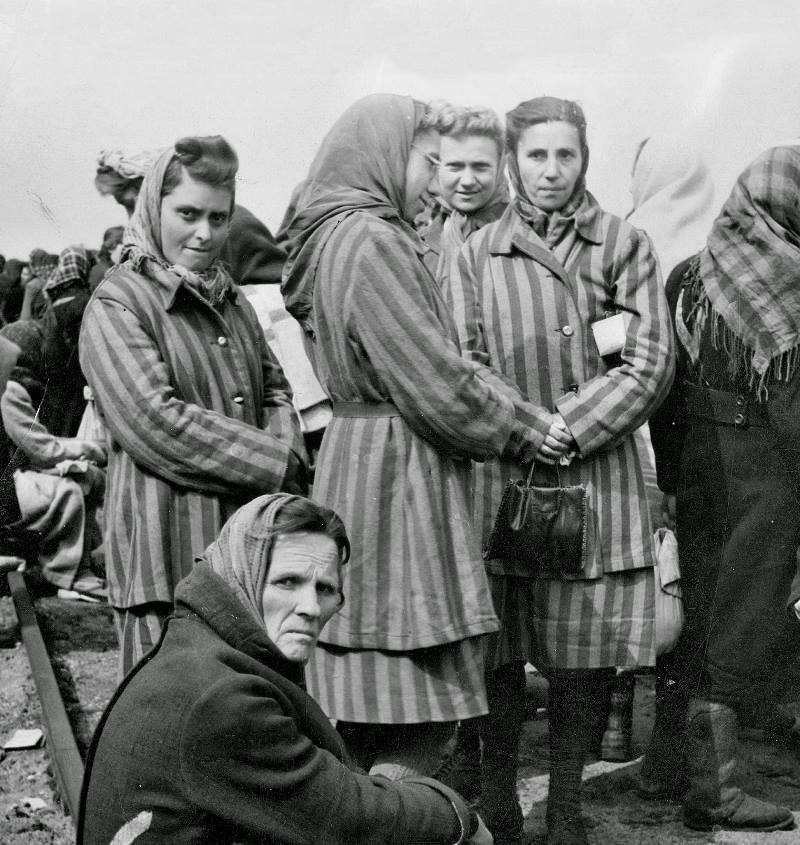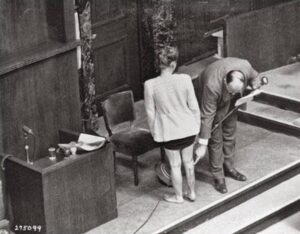During the Holocaust, 130,000 female prisoners pass through the gates of Ravensbrück — most of whom never walked back out.
Who Was Sent To Ravensbrück?
World War II saw 130,000 female prisoners pass through the gates of Ravensbrück — most of whom never walked back out.

What’s surprising is that a relatively small number of those women were Jewish. Surviving records suggest that during the camp’s operating years (May of 1939 through April of 1945), only 26,000 of the inmates were Jewish.
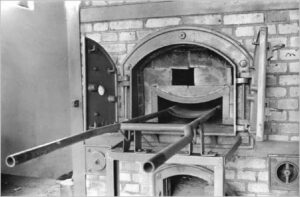
So who were the camp’s other female prisoners?
Some had resisted the Nazi regime; they were spies and rebels. Others were scholars and academics who had openly supported socialism or communism — or put forward other opinions Hitler’s government considered dangerous.
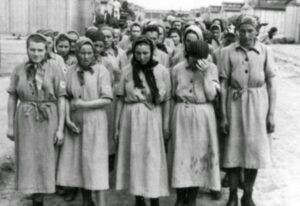
The Romani, like the Jews of Europe, were never safe where Nazis walked, and neither were prostitutes or Jehovah’s Witnesses.
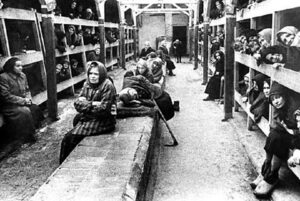
Other women simply didn’t meet German expectations of femininity — this group included lesbians, the Aryan wives of Jews, the disabled, and the mentally ill. They, along with the prostitutes, were made to wear a black triangle badge that marked them as “asocial.” Criminals, by contrast, wore green triangles, and the political prisoners red.

Jewish inmates, already familiar with the star badge that had singled them out prior to incarceration, were now assigned yellow triangles.
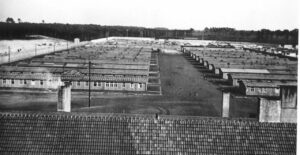
The more boxes you checked, the more badges you got, and the worse your fate was likely to be.
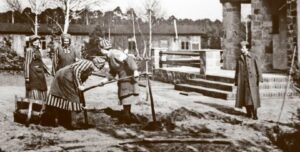
There were no exceptions, and there was no mercy. Whether a woman was pregnant or clutching toddlers didn’t matter to the Gestapo; the children would follow their mothers into the camp. Almost none survived.
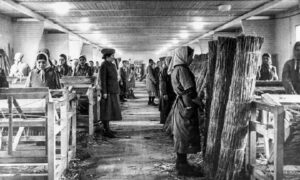
When all was said and done, the women of Ravensbrück had almost nothing in common. They came from all over Europe, wherever German troops roamed, and spoke different languages: Russian, French, Polish, Dutch.
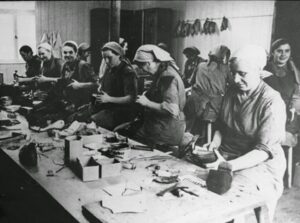
They had different socioeconomic backgrounds, different levels of education, and different religious views.

But they did share one thing: the Nazi party considered every single one of them “deviant.” They were not part of Germany’s glorious future, and everything about camp life was designed to leave them in no doubt about where they stood.
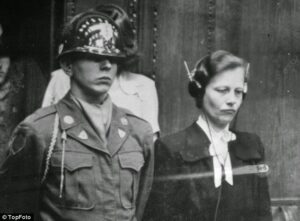
What Was Life Like At Ravensbrück?
When Ravensbrück was built on the orders of Heinrich Himmler in 1938, it was almost picturesque.

Conditions were good, and some prisoners, coming from the poverty of the ghettos, even expressed wonder at the manicured lawns, peacock-filled birdhouses, and flowerbeds lining the great square.
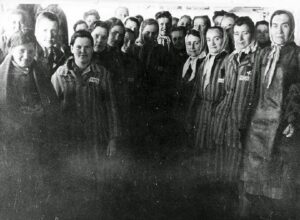
But behind the pretty façade was a dark secret — one Himmler was fully aware of. The camp had been built far, far too small.
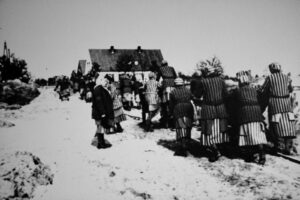
Its maximum capacity was 6,000. Ravensbrück blew past that cap in just eight months, and some estimate that the camp once held as many as 50,000 prisoners at one time.
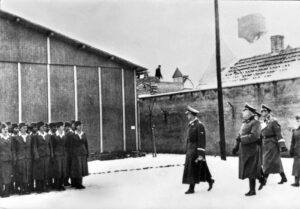
Barracks meant to accommodate 250 women had to fit as many as 2,000; even sharing beds wasn’t enough to keep many off the floor, and blankets were scarce. Five hundred women shared three doorless latrines.

The results of overcrowding were disease and famine, both exacerbated by grueling manual labor. The women woke before 4:00 a.m. to build roads, pulling paving rollers like oxen before the plow.
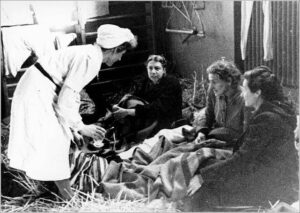
When inside, they spent long shifts bent over the electrical components of rockets, and in drafty, poorly lit halls, they sewed uniforms for prisoners and coats for soldiers.
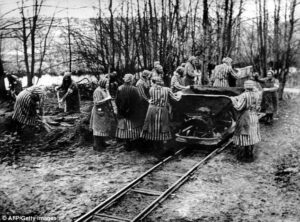
They were only spared work on Sundays, when they were permitted to socialize.
![]()

